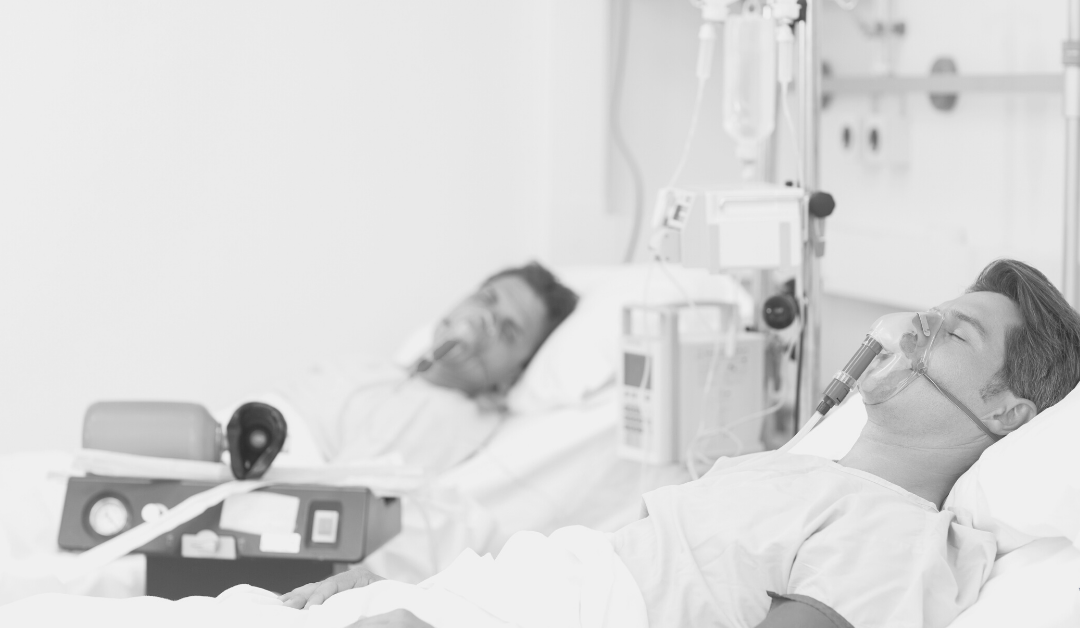Prior to the onset of COVID-19, the healthcare industry was grappling with staffing shortages – especially in the nursing field. Today, the issue has intensified – becoming a very hazardous and pressing issue that organizations are seeking to address as soon as possible. And, the current shortage of RNs is anticipated to rise as Baby Boomers age and healthcare needs expand across the U.S.
With over 500,000 nurses projected to retire from the profession by 2022, the U.S. Bureau of Labor Statistics estimates a need for 1.1 million new RNs to accommodate retirees and increasing patient demand. The BLS also lists RNs as one of the fastest-growing occupations, expecting an estimated increase of 15% by 2026. This anticipated growth doesn’t account for the additional 203,700 new RNs the Bureau projects the healthcare industry will need each year (through 2026) to cover standard demand and the retirement rate of Baby Boomers.
Hospitals and healthcare facilities are not only facing revenue loss from coverage gaps and high turnover rates, but they are also seeing the impact inadequate healthcare staffing has on patient outcomes.
Nurses Play a Vital Role in Patient Care
Nurses interface with patients to a much greater extent than many of their healthcare worker counterparts. Without a properly staffed facility, nurses are forced to perform under circumstances in which time and resources are depleted – which can negatively impact patient safety.
The shortage of essential healthcare personnel is leading to the following outcomes:
- A higher patient mortality rate
- A decrease in quality of care delivered
- Emergency departments becoming overcrowded
- A decrease in patient satisfaction scores
- An increase in medication administration errors
The Link Between Healthcare Staffing & Negative Patient Outcomes
Patient safety is jeopardized when healthcare organizations fail to properly staff their facilities. Without enough hands on deck, nurses are forced to shoulder an excessive workload, which can lead to burnout, fatigue and impair their ability to perform crucial tasks.
Exhaustion and lack of focus are two of the leading factors behind poor engagement and medical errors. Patients who are cared for in understaffed facilities face a higher readmittance rate, greater risk of infection, increased in-hospital mortality rate and more postoperative complications.
Like physicians, nurses work in a high-pressure, high-intensity environment – increasing the likelihood of committing errors during routine care. Inadequate healthcare staffing ratios also means nurses must carry a larger patient load, which often leads to an increase in medical errors due to the rushed nature of the job.
How Does Healthcare Staffing Affect Nurses?
Fewer nurses on staff often translates into working longer hours. These intense, 12-hour (or more) shifts often come with little to no breaks, causing damage to the mental, physical and emotional health of nurses.
What’s more, when nurses become sick or injured, their absence only serves to further exacerbate staffing shortages. In a similar vein, nurses who are overwhelmed and constantly stressed are at risk of developing health issues like depression, anxiety, heart disease, exhaustion and hypertension.
The healthcare staffing specialists at Polaris understand the importance of delivering quality care to protect patient safety and improve outcomes. Having a properly staffed facility is crucial for the health and well-being of both patients and nurses. To learn more about how we can help bridge staffing gaps at your facility, contact us today.

